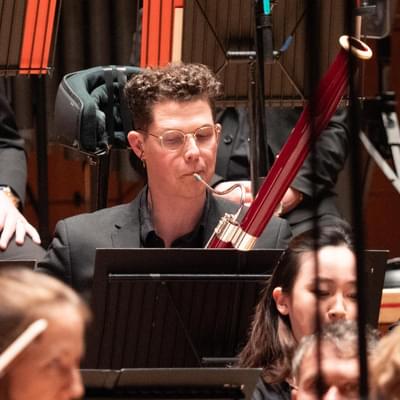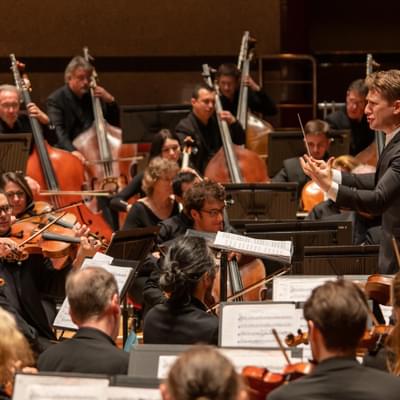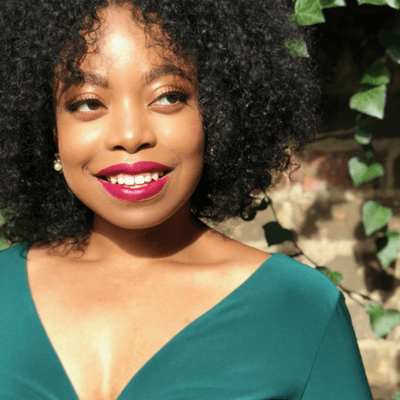Bruckner 7
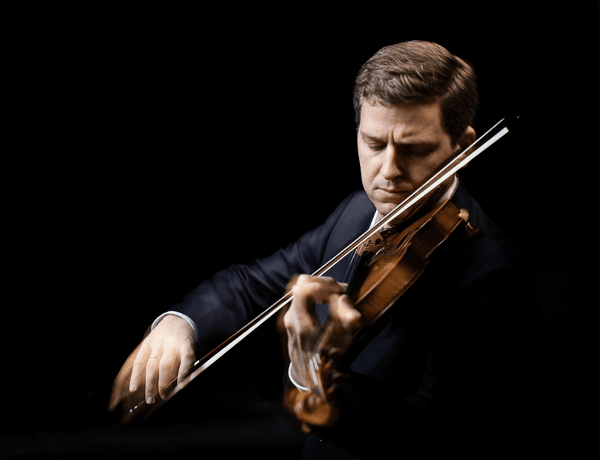
Full programme
- Schumann, Violin Concerto (30mins)
- Bruckner, Symphony No.7 (68mins)
Performers
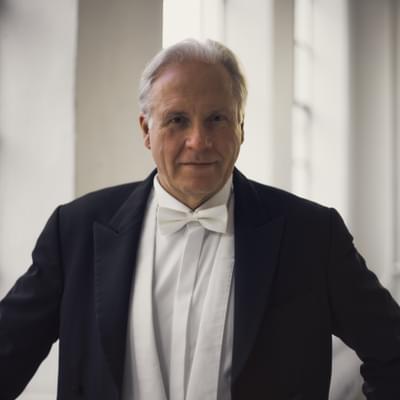
Markus Stenz
Conductor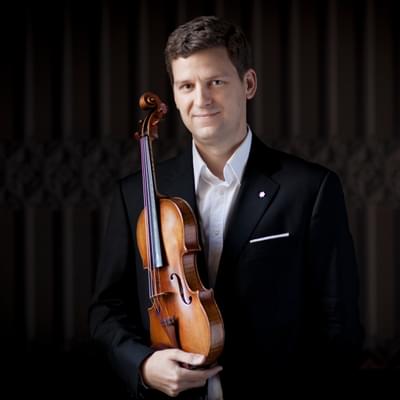
James Ehnes
Violin
Introduction
Dear CBSO and music lovers,
What a program of divine beauty we have for you: Anton Bruckner’s Symphony No.7 and in the first half Robert Schumann’s Violin Concerto with the wonderful James Ehnes.
I feel more with my instinct than with any elaborate explanation that both pieces will complement each other magnificently.
On the one hand in Schumann’s Violin Concerto we hear some of the most profound ideas that were ever composed. In the slow movement in particular there are moments that touch us so deeply because of some otherworldly beauty in the interplay of the solo violin part with the almost zero gravity orchestral harmonies.
And if you look at it - disarming simplicity everywhere: just a few notes that carry maximum feeling.
On the other hand we have the large scale Symphony No.7 by Anton Bruckner where all four movements have their distinct flair. Surrounded by the faster movements the crown jewel in my view is the towering and radiant slow movement which also features extra instruments in the form of Wagner tubas.
Their special voluptuous middle register sound stands for my sensation whenever I come across this movement. I feel struck by something that is divinely inspired. Bruckner’s harmonies create a flow that is building towers of sound as well as the most intimate poetry. An epic long ebb and flow of romantic sound with a break through moment of larger than life dimensions.
Markus Stenz, Conductor
Programme Notes
Dark, dreamy and deeply poetic. Imagine the melody of your dreams. That’s how Anton Bruckner came up with the opening of his Seventh Symphony – and when you hear it, you’ll understand why: this is music that scales sublime heights and heartrending depths. For guest conductor Markus Stenz, it’s a spiritual journey; so he begins by teaming up with the incomparable James Ehnes in Schumann’s dark, but deeply poetic Violin Concerto.
Violin Concerto in D Minor, W0023
I. In kräftigem, nicht zu schnellem Tempo
II. Langsam
III. Lebhaft, doch nicht schnell
Robert Schumann (1810-1856)
Robert Schumann drafted his only Violin Concerto between 11th September and 3rd October 1853. It was an eventful few weeks at the Schumann home in Düsseldorf: around midday on 30th September a blond, long-haired young musician had appeared, unannounced, at their door. “Visit from Brahms (a genius)” wrote Schumann in his diary, and for the next month Robert and his wife Clara lionised this 20-year old “eagle”, effectively adopting him as a member of their family. Meanwhile, Robert’s own professional life was proving stressful. “Shameless people” he noted on 19th October, after a committee meeting with the Düsseldorf orchestra – then in the process of trying to hound him out of his post as their chief conductor.
Somewhere amid these highs and lows, Schumann wrote this Concerto, with his violinist friend Joseph Joachim in mind. The story that follows is almost too strange for fiction (in fact, it’s been the subject of at least one novel, Jessica Duchen’s Ghost Variations). Schumann sent the score to Joachim, who held on to the manuscript. By the end of the year, Schuman was showing signs of serious psychiatric illness; he believed that the spirits of Mendelssohn and Schubert had dictated part of the slow movement to him. On 27th February 1854, tormented by demonic voices, he attempted suicide by jumping into the Rhine.
He survived; but he would be confined to an asylum for the rest of his life. Joachim discussed the Concerto with Clara but in their distress they took the decision not to make it public, and the score lay unplayed until the early 1930s. But for the violinist Yehudi Menuhin (who gave the US premiere in 1937) there could be no doubt: it was a masterpiece:
"This concerto is the missing link of the violin literature; it is the bridge between the Beethoven and the Brahms concertos, though leaning more towards Brahms. Indeed one finds in both the same human warmth, caressing softness, bold manly rhythms, the same lovely arabesque treatment of the violin, the same rich and noble themes and harmonies."
At which point it’s probably best simply to let the music speak. The concerto is in three expansive movements and it’s easy to hear why contemporaries were baffled: violin concertos of the era were expected to be flamboyant. Schumann’s doesn’t lack brilliance (especially in the spirited finale, a boisterous polonaise), but fundamentally, it’s a piece that – true to its creator’s poetic spirit - looks inwards. It dreams and ruminates rather than swaggers, in line with Schumann’s own deeply Romantic sensibility. It’s in the three movements of classical concerto form, and the first is the most stormy (not to say heroic), while the second is the most tender. The finale follows without a break, and the ending is ebullient.
True: it's difficult, once you know the Violin Concerto’s story, to forget that it was Schumann’s last large-scale work. Clara and Joachim could hear in this troubled, ardent music only the single greatest tragedy of their shared lives. But that needn’t prevent us from allowing Schumann speak to us on his own terms – or from finding that he has something courageous, beautiful and (above all) intensely human to say.
Symphony No.7 in E Major
I. Allegro moderato
II. Adagio: Sehr feierlich und sehr langsam
III. Scherzo: Sehr schnell
IV. Finale: Bewegt, doch nicht schnell
Anton Bruckner (1824-1896)
Anton Bruckner was a modest man, more at home at the organ or bent over a score than in Viennese society. He was socially awkward (some said eccentric), and Viennese wits sniggered at the provincial manners and old-fashioned dress of this deeply religious organist from Linz. But for those who loved him, he inspired a profound devotion. Bruckner’s biographer Stephen Johnson quotes Bruckner’s friend Friedrich Eckstein – who visited him at his home in central Vienna in the autumn of 1881:
"Almost every time I visited Bruckner at his apartment in the Hessgasse, I found him sitting at his old- fashioned, bulky Bösendorfer grand piano, deep in the sketch of one of his symphonies, laboriously, with shaking hands, coaxing out the harmonies… But what a wealth of unimagined beauty was revealed when I saw the very first bars of one newly begun work, the wonderful Seventh Symphony: where the string tremolos launch a deeply moving harmonic sequence that arches through a splendid chain of suspensions, bathing the main theme, on horn and cellos, in shafts of radiant sunlight!"
“Sunlight” is a wonderful description of the opening of Bruckner’s Seventh Symphony. If you’ve ever spent time in the countryside around Bruckner’s native Linz, you’ll know how that sunlight moves: gradually outlining the massive, misty forms of the Alps until a sunbeam catches the heights and the distant summits seem to light up on the horizon. Bruckner begins his symphony in a shimmer of mist; and violas and cellos launch a long, singing, soaring melody. Gradually, the orchestra begins to glow – a beam from the horns, a glint of woodwind: and the whole panorama unfolds.
Bruckner realised that this symphony was special; in fact he said that this opening melody had come to him – literally - in a dream. An old friend (a conductor) had appeared, playing the tune on a viola and had spoken the words “this will bring you success”. Bruckner could certainly have used some of that. He had struggled to have his symphonies taken seriously in the face of vicious personal attacks, and he begged the conductor Arthur Nikisch to premiere the symphony not in Vienna, but in Leipzig – where it was heard for the first time on 30th December 1884. After years of struggle, the Seventh Symphony made Bruckner’s name overnight. “How is it possible that we have never heard of him?” asked one critic.
And after that ravishing opening, Bruckner proceeds in a way that would be familiar to Beethoven or Mozart - only the pace and the sense of proportion are different. The musical journey that follows is full of stark contrasts (almost cliff-edges) and sweeping vistas. There are towering, full orchestral climaxes, flurries of birdsong, and moments of sudden magical quiet with only a single instrument playing - like a poet or dreamer, alone in a vast landscape. The ending builds from near-silence to a climax in which the brass peal like gigantic bells.
Now the landscape darkens. “Very solemn and very slow”, writes Bruckner as the low strings sing a melancholy hymn, backed by the sound of four Wagner-tubas – instruments devised by Bruckner’s hero Richard Wagner, and played by members of the horn section to produce a particularly black and velvety sound. For Bruckner, though, this was an act of homage and mourning. Wagner died in early 1883 while Bruckner was writing the symphony and the music builds, at a majestic pace, to a huge, endlessly delayed climax topped by a single crash of cymbals – like a sudden, blinding, vision of glory. Then it sinks, as if in shock, into a quiet reflection: music of heartfelt and deeply personal grief.
The scherzo is another contrast: a fierce rhythm and a melody on the trumpet (sometimes compared to a cockerel’s crow) build into an elemental, whirling dance that embraces both humour and terror before, in the central Trio section, finding consolation (and just a hint of something grander). And then with the finale, the sunlight sparkles again. With his work almost done, Bruckner’s seems to have let his heart fill with a sense of play. But even when he lets his fancy linger, Bruckner always has his eyes on the horizon, and his final goal: where the theme from the symphony’s opening bars rises, shining, towards the sunlit heavens.
© Richard Bratby
